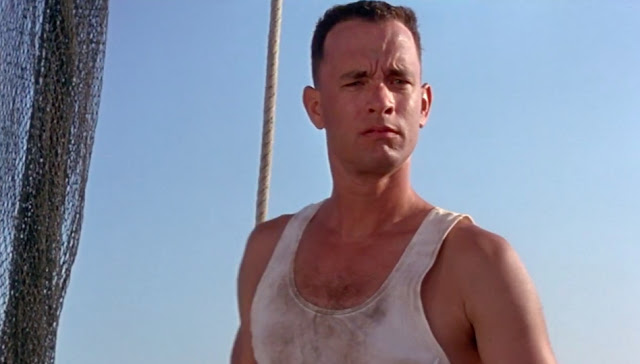I finally got around to watching Netflix’s bingeable mystery series “Safe.”
I’m somewhat baffled as to why Hollywood hasn’t tapped the talents of thriller writer Harlan Coben in a more significant way.
His suburban-oriented thrillers serve as perfect blueprints for compelling movies and television series.
The first time I read a Coben novel was in 2001 when I picked up “Tell No One” at my local book emporium — which features this killer neon orange cover:
It’s a book I perpetually recommend. Bridget actually had to procure me a new copy of the “first edition” a few years ago because my original copy wasn’t returned (memo to self: don’t loan out books you want back).
“Tell No One” was made into a critically-acclaimed French theatrical film (which has streamed on Netflix in the past).
While a number of projects based on Coben’s novels are currently being developed in “Tinseltown,” overseas production houses have been producing the author’s wares for years.
In addition to “Tell No One,” his novels “Just One Look” and “No Second Chance” were adapted into French miniseries. Coben also created an original series for British television called “The Five.” (“No Second Chance” and “The Five” currently stream on Netflix).
“Safe” is Coben’s first collaboration with Netflix (the series is a co-production with Canal+).
As I’m writing this post, news broke that Coben closed an exclusive five-year deal with Netflix to develop 14 existing titles along with future projects — including his “yet-to-be” published novel “Run Away.”
After viewing “Safe,” I can understand why Netflix is making the investment.
While “Safe” isn’t based on one of Coben’s novels, the eight-episode series has all the ingredients that make his thrillers so delicious.
The protagonist in “Safe” is Tom Delaney (Michael C. Hall), a surgeon living with his two teen daughters -- Jenny (Amy James-Kelly) and Carrie (Isabelle Allen) -- in a gated community in England.
Tom is still grieving the recent death of his wife when Jenny (who is 16) goes missing after attending a friend’s party.
That occurrence sets Tom into a frenzy of worry — exacerbated by the fact that her 19-year-old boyfriend Chris Chahal (Freddie Thorp) has also gone missing after the party.
What ensues is a tangled web of lies, deceit, murder, and mayhem as Tom becomes an “amateur sleuth” tracking down the whereabouts of his daughter.
The premise might sound simple, but the execution of the narrative is what makes “Safe” so compelling.
Hallmarks of Coben’s thrillers are relatable characters and stories. The protagonists are people like you and me — untangling mysteries built on scenarios that could befall any of us.
I recognized one of the plot elements used in “Safe” from Coben’s 2006 novel “Promise Me.”
In “Promise Me,” the novel’s protagonist (recurring character Myron Bolitar) makes two neighborhood girls promise him that if they are ever in a bind (for example, the prospect of having to catch a ride with a friend who is intoxicated) and are afraid to call their parents, they must call him.
There is a similar situation in “Safe” involving Tom Delaney’s best friend Pete Mayfield (Marc Warren), a fellow doctor who helps Tom track down clues.
There are a number of enjoyable performances in “Safe.” In addition to Michael C. Hall’s turn as a grief-stricken father, it was nice to see Amanda Abbington in the series.
I enjoyed Abbington as Mary Watson in “Sherlock” and Josie Mardle in “Mr. Selfridge” — both series have been favorites of mine the past few years.
In “Safe,” Abbington plays Detective Sergeant Sophie Mason — Tom Delaney’s girlfriend and neighbor. She’s good at playing soulful, melancholy characters in British dramas.
Overall, the entire cast is solid in “Safe.”
As the yarn unravels in “Safe,” the literal walls of the story’s gated community make way for the metaphorical walls people create in their lives.
“Safe” is a series that keeps you up into the wee hours of the night — “just one more episode.”
It is an engrossing tale that epitomizes what it’s like to read a Harlan Coben thriller.




















































